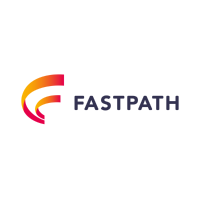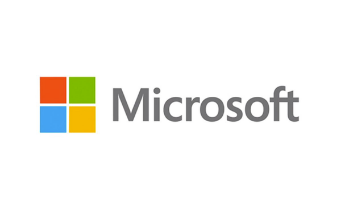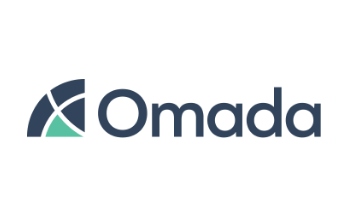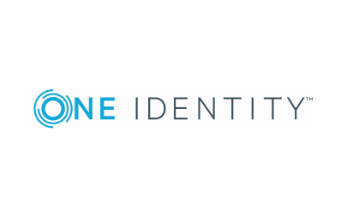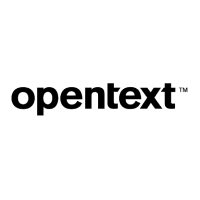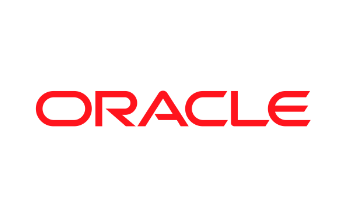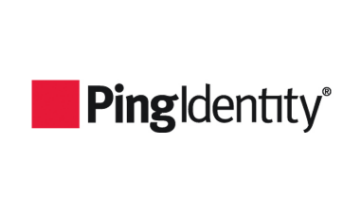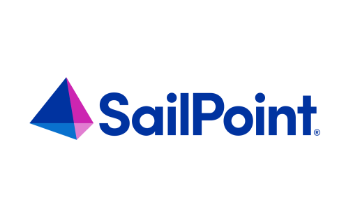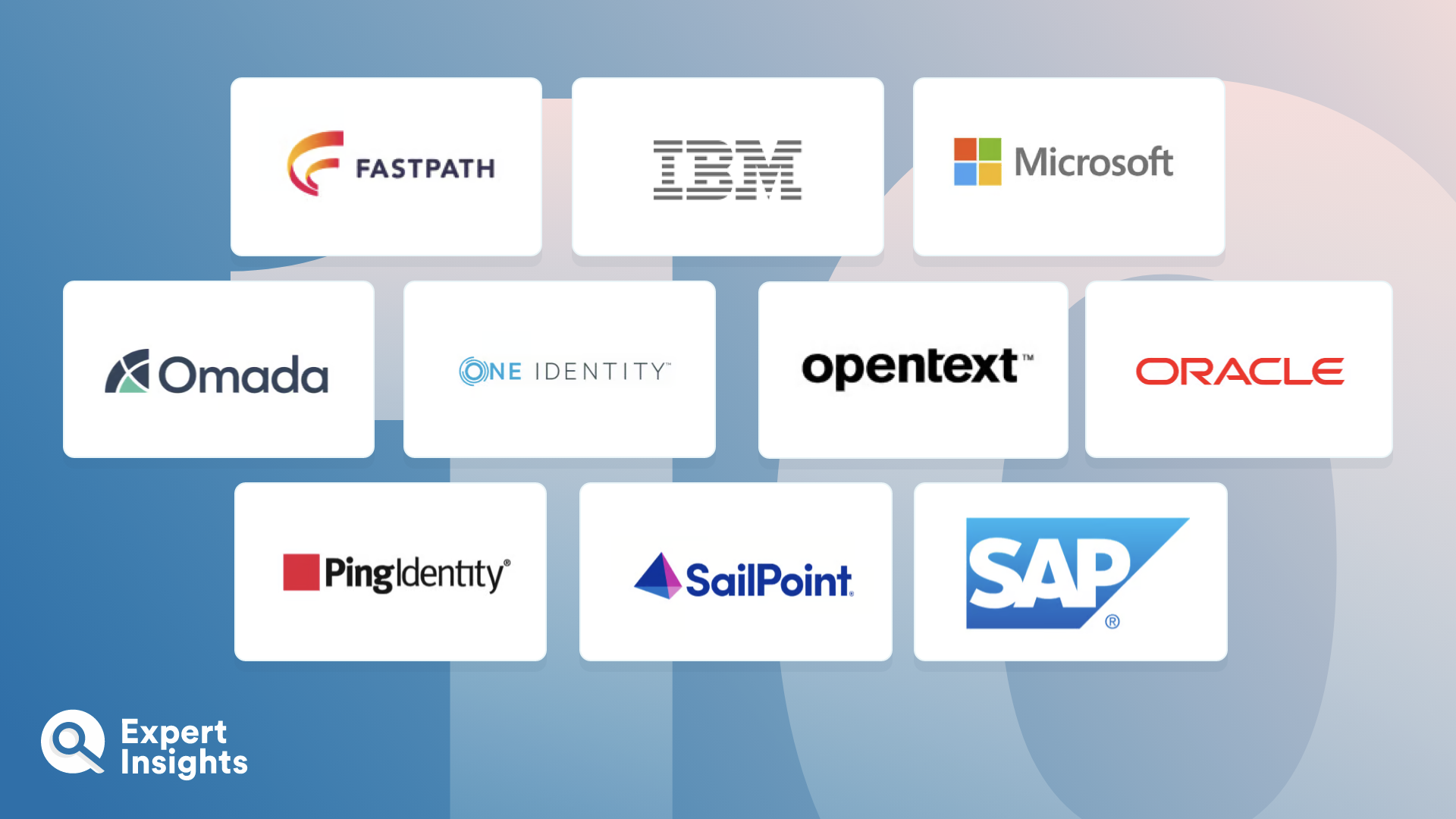Everything You Need To Know About User Provisioning and Governance Tools (FAQs)
What Are User Provisioning and Governance Tools?
User provisioning is an identity and access management (IAM) process that involves creating, maintaining, and deleting users’ accounts and access permissions across a digital environment.
The user provisioning process starts when a new employee joins the organization and the IT team creates new accounts for them with relevant access permissions, based on information in the company’s HR database. However, it doesn’t stop there. The IT team must update the account’s permissions any time the employee receives a promotion or moves to another department. And, just as importantly, they must revoke privileges when needed and delete the account if the employee leaves the organization.
That’s a lot of steps for the IT team to manage. Because of this, user provisioning and governance can become complex tasks—particularly amongst organizations with lots of users—leaving lots of margin for error. And if an account doesn’t have enough provisions, users won’t be able to do their jobs properly; if it has too many, a cybercriminal could use a standard employee account to access, steal, and destroy critical company resources undetected.
Thankfully, user provisioning and governance tools are here to help prevent that from happening.
User provisioning and governance tools enable IT teams to manage user accounts much more seamlessly, by automating lots of the manual tasks associated with provisioning and deprovisioning accounts. They also offer in-built security features (such as multi-factor authentication and role-based access controls) that enable IT teams to protect user accounts against unauthorized access. This saves IT resource, whilst helping to secure user accounts against identity threats such as brute force or phishing attacks. It also helps ensure compliance with data protection standards.
What Are The Benefits Of User Provisioning and Governance Tools?
There are a few key reasons why your organization should consider implementing a user provisioning and governance tool:
Mitigate Human Error
To err is to be human. But unfortunately, when it comes to identity and access, to err could result in, at best, lower levels of productivity and, at worst, a data breach. User provisioning and governance tools help reduce human error by automating provisioning and de-provisioning workflows, making sure that all employees can access the applications and systems that they need to do their job, and nothing more.
Streamline Permissions
The best user provisioning and governance solutions enable organizations to assign permissions based on user roles; this means that, when users are onboarded, they’re automatically provisioned with access to applications and systems relevant to their role. For example, all users may be granted access to Slack, but only the Sales team can access Salesforce, only the marketing team can access Mailchimp, and only the HR team can access Workday.
But this benefit doesn’t stop there; updating the permissions of each employee every time their role changes can be a tedious, time-consuming task, but it’s an important one. Role-based access controls also mean that, when a user moves department or receives a promotion, the user provisioning tool automatically updates their permissions to reflect the requirements of their new role.
Protect Data Against Cyberthreats
User provisioning tools give IT teams clear visibility into which users have access to which systems, when, and from where they’re accessing them. This helps IT teams identify and block any suspicious access attempts that could indicate that a user’s account has been compromised.
Additionally, user provisioning tools help IT teams to enforce the principle of least privilege across their user accounts. This principle states that users should only have access to the minimum services required to do their job, for as long as they actively need it. If a user account were over-permissioned, an attacker could use it to target critical areas of the business that the user shouldn’t really have access to. And if a user were to leave the organization and the IT team didn’t delete that user’s account, an attacker could use it to tap into company data undetected. These “dormant” accounts are particularly dangerous because it’s unlikely that anyone will change the password on them, which allows attackers to re-use the same account to carry out multiple attacks.
But cybercriminals aren’t the only people who can make use of dormant user account—ex-employees could also log back into their old accounts to steal data.
By automatically deprovisioning accounts and revoking permissions when no longer required, user provisioning and governance tools can help protect your company’s data against these types of threat.
Reduce The Risk Of Shadow IT
Shadow IT is the use of IT hardware or software within an organization, without the knowledge of the IT team. If the IT team doesn’t know about it, it can’t be secured—which makes shadow IT a huge problem in the workplace. Implementing a user provisioning and governance tool can help IT teams prevent the installation of unauthorized applications and programs by ensuring that users don’t have the permission to install software on their own; they have to make the request through the IT department.
What Features Should You Look For In A User Provisioning and Governance Tools?
Here are the top features that you should look for when comparing user provisioning and governance tools:
- An integrated, central management console. Managing access to a sprawling array of SaaS applications, on-premises applications, cloud servers, portals, databases, and containers can be exhausting. Your chosen solution should integrate seamlessly with all the areas of your environment to which you’ll need to provision user access, and you should be able to manage access to each of those areas seamlessly via a single, central management console. It also need to integrate with your user directories to enable automated provisioning and deprovisioning, and any other IAM tools you might be using, such as privileged access management or multi-factor authentication
- Role-based access. Your chosen solution should enable you to configure role-based access permissions so that users are automatically granted access to the systems they need when they’re onboarded, based on their role, and those permissions are automatically updated when an employee’s role changes. This will help save IT time and resource, while ensuring no accounts are over-permissioned.
- To help save your IT team from spending all their time and effort on tedious, administrative process, your chosen solution should offer automated workflows for processes such as account registration, profile management, and password or username recovery. It should also offer automated provisioning and deprovisioning. Some solutions also offer self-service enablement, which allows users to submit their own access requests, which are then automatically granted or denied by the solution based on pre-configured policies.
- Multi-factor authentication. Some user provisioning and governance tools offer in-built multi-factor authentication (MFA). This means that users must verify their identities in two or more ways before they’re granted access to a corporate system or applications—which makes it much more difficult for a cybercriminal to compromise a user’s account. If your solution doesn’t have MFA built in, it should at the very least offer robust integrations with a variety of MFA providers.
- Visibility and reporting. Your chosen solution should offer a range out out-of-the-box and customizable reports that give you in-depth visibility into which users have access to which areas of the environment, and how they’re using that access.



